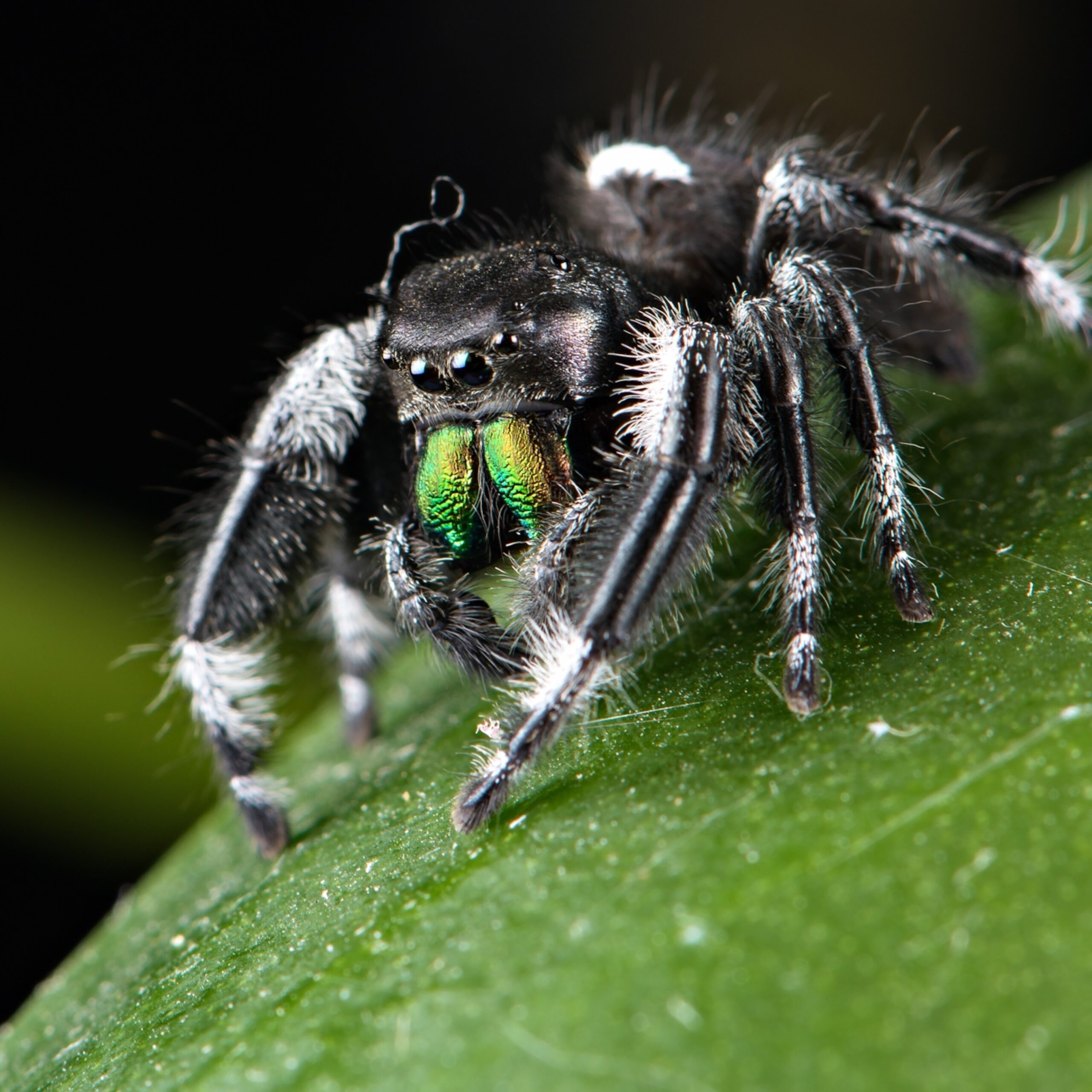The article compares the physical appearance, offensive and defensive mechanisms, environmental adaptability, lifespan, and reproduction of spiders and scorpions to determine which arachnid is the stronger insect. While both are strong, the amazing spider is considered the strongest due to its powerful mandibles, agile movements, and adaptability, which make it a formidable predator that can take down prey many times its size. However, the scorpion is still a fearsome and deadly arachnid that should not be underestimated. Both spiders and scorpions have adapted well to different environments and are capable of producing offspring in large numbers.
The Amazing Spider vs. Scorpion: Which is the Stronger Insect?
Introduction
When it comes to confronting the notion of the “stronger” insect, two come to mind immediately: the spider and the scorpion. Both arachnids, they share some similarities and differences that beg the question of which is the strongest insect. In this article, we will compare and contrast the amazing spider and the scorpion in different aspects to determine which one stands out as the strongest.
Physical Appearance
The spider is an eight-legged arachnid with a unique set of mandibles that are capable of catching and crushing prey. These mandibles are powerful and have a lot of force, which helps the spider overpower its prey. At first glance, a spider may appear to be fragile due to its slender abdomen and legs, but it is far from it. It is commonly known that some species of spiders can lift and carry objects that weigh up to 50 times their body weight.
On the other hand, the scorpion has a tough exoskeleton and powerful pincers at the front that can be used for grasping prey. The scorpion’s body structure is somewhat similar to that of a lobster, making it robust and powerful. It also has a stinger at the end of its tail, which it uses to inject venom into its prey or predator.
Offense and Defense Mechanisms
The spider’s primary offensive mechanism is its mandibles, which can severely injure or kill prey in a matter of seconds. Spiders have also been known to use their webs as traps, which is an effective way of capturing prey. The amazing spider uses its powerful legs to jump and pounce on its prey, putting its mandibles to work once it has caught the prey in its grasp.
The scorpion, on the other hand, uses both its pincers and stinger for attack and defense purposes. Its pincers are used to grip and hold prey, while its stinger is used to inject venom into predators or prey. Scorpions also have a unique defense mechanism where they can curl their bodies and use their pincers and tail to defend themselves.
Environmental Adaptability
Spiders and scorpions have adapted well to their environments. Spiders can be found worldwide, from tropical climates to deserts, and even in aquatic environments. They are versatile and can adjust to different temperatures with ease. Some spiders can survive in frigid temperatures while others thrive in hot and humid weather.
Scorpions, on the other hand, are found in most parts of the world, but mostly in warm and dry environments. They can survive in the desert, forests, and mountains. Scorpions have strong survival instincts, which have helped them adapt to different environments.
Lifespan and Reproduction
Spiders have an average lifespan of one to two years, with some species living up to 20 years. Female spiders are capable of producing hundreds of eggs at a time, which hatch into spiderlings. Spiderlings often hatch in large numbers and ride on the back of the mother until they are mature enough to hunt on their own.
Scorpions can live up to six years, with some species living up to 25 years. Female scorpions produce around 20 to 30 young scorpions in a single litter, which are born alive and stay close to the mother for a few weeks before going out to hunt on their own.
Conclusion
While both the spider and the scorpion are strong insects, after comparing and contrasting their physical characteristics, offensive and defensive mechanisms, environmental adaptability, and lifespan and reproduction, it is safe to say that the amazing spider takes the crown as the strongest insect. The combination of its powerful mandibles, agile movements, and adaptability makes it a formidable predator that can take down prey many times its size. However, the scorpion is still a fearsome and deadly arachnid that should not be underestimated.
